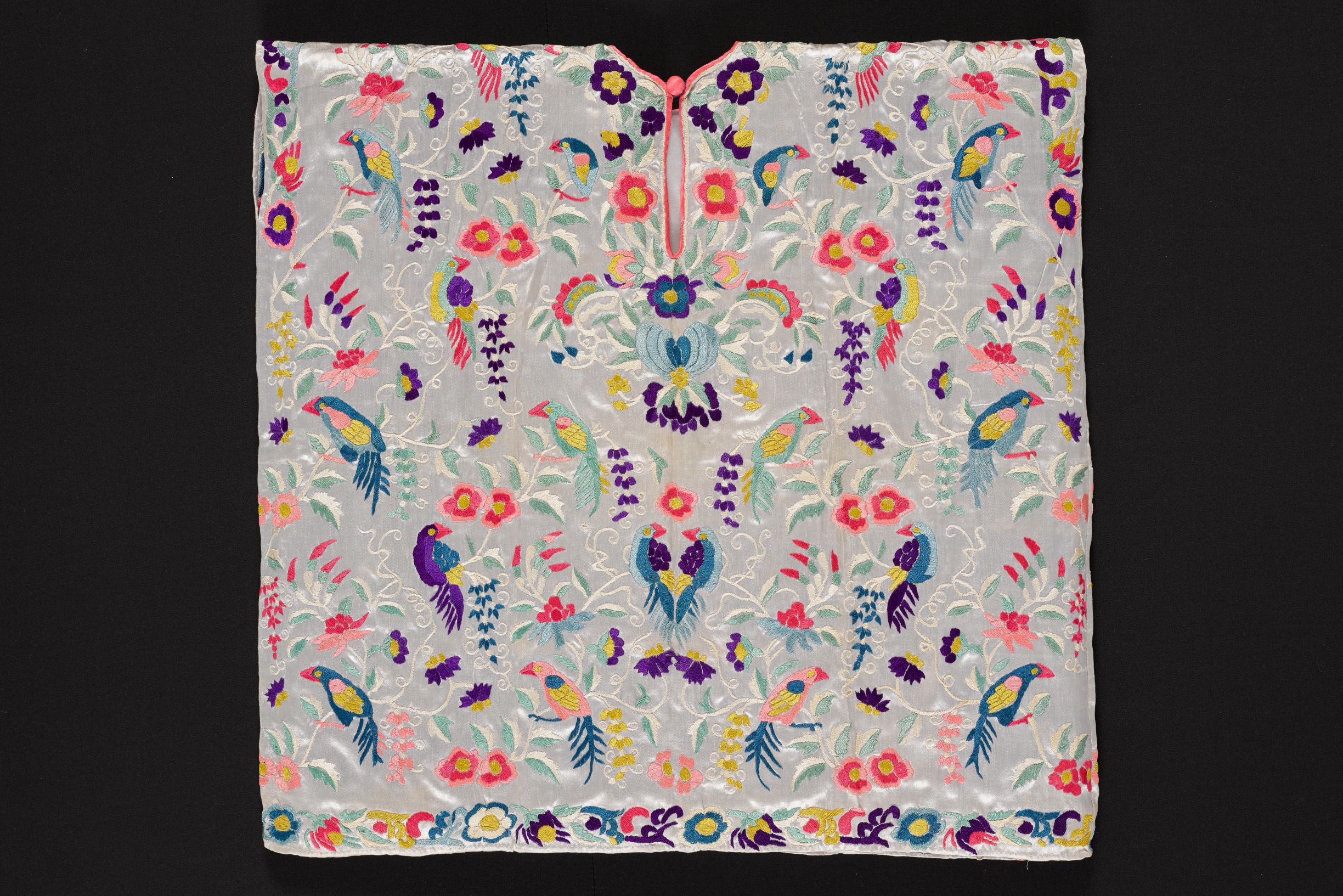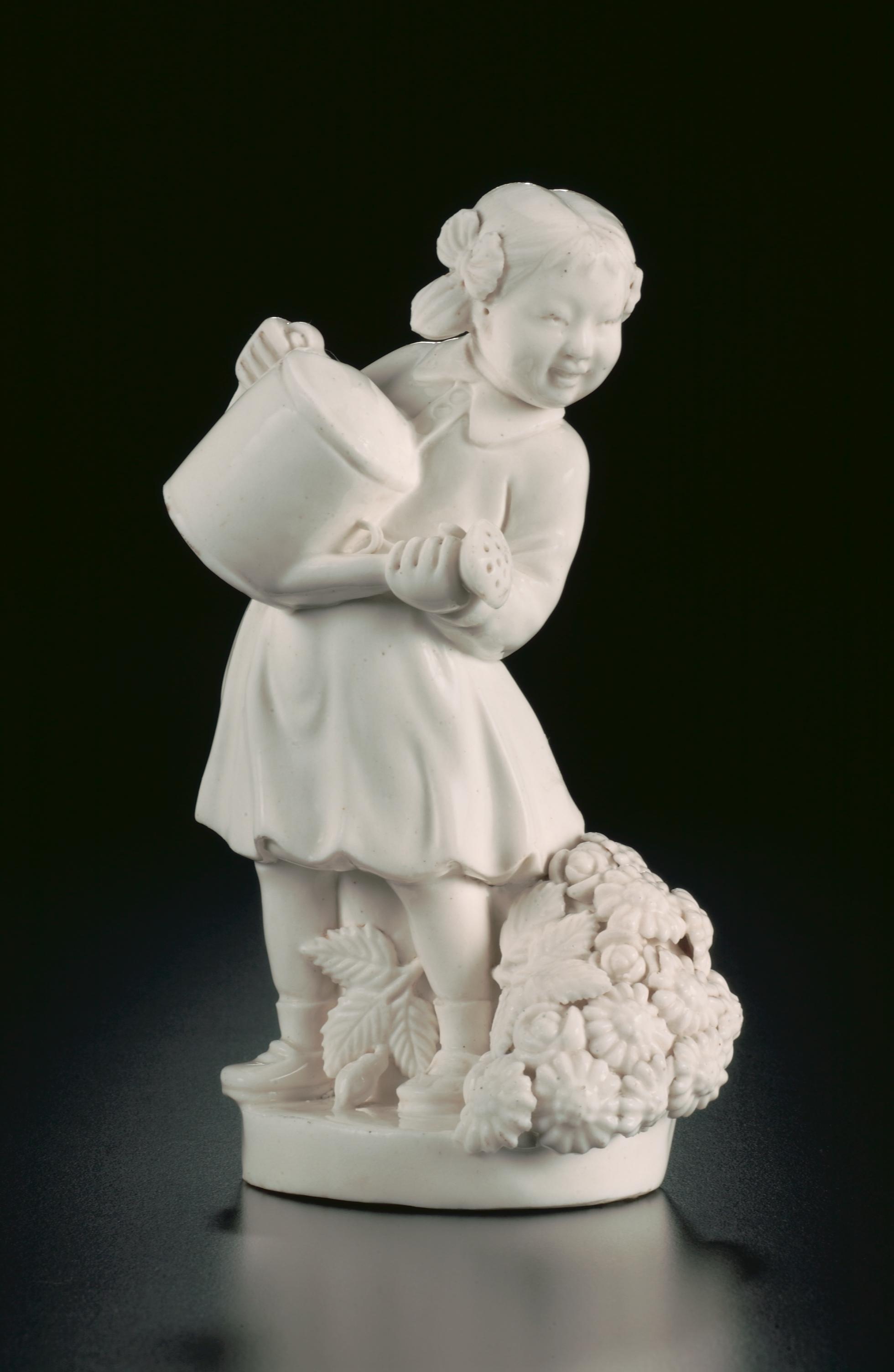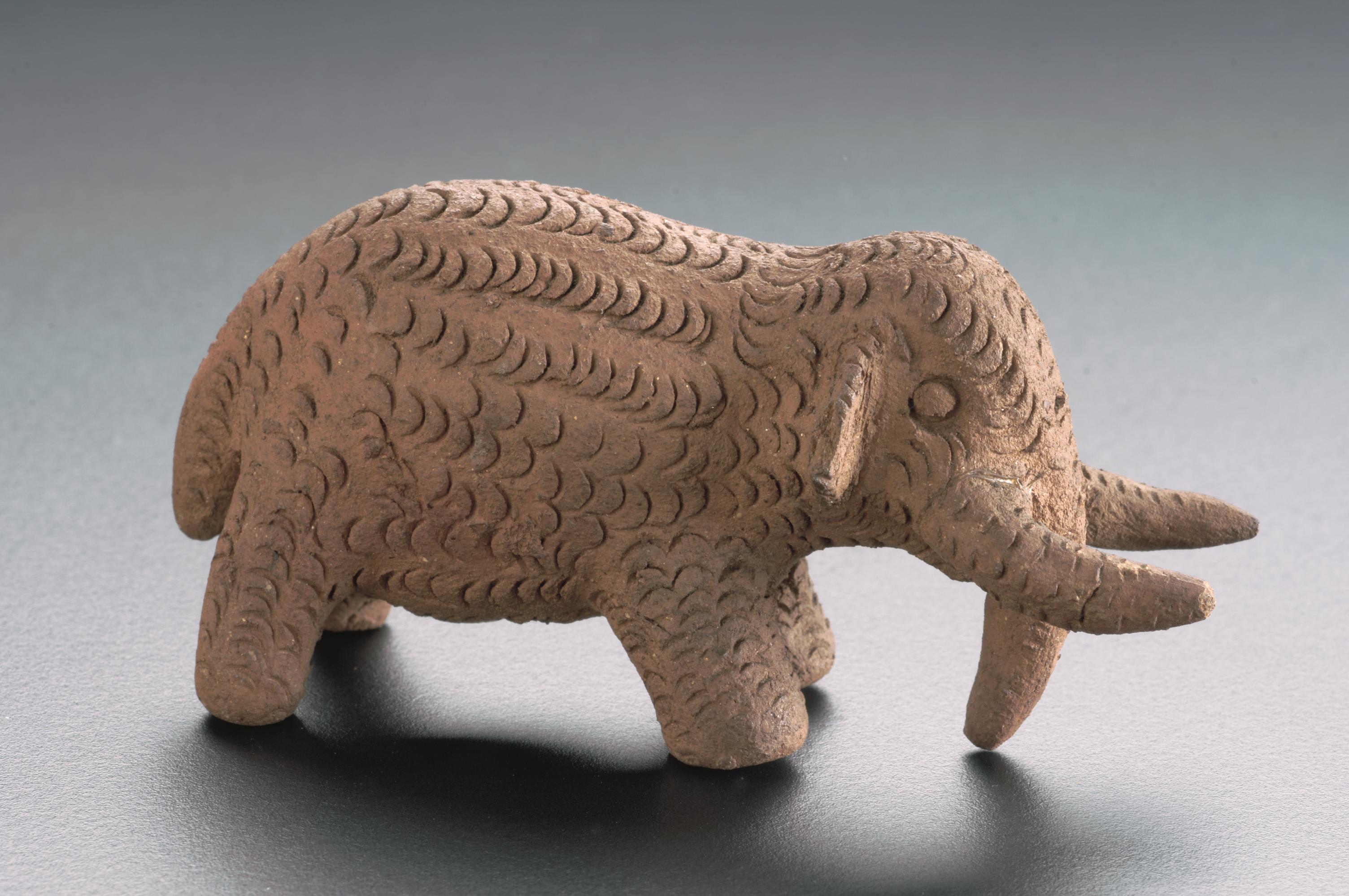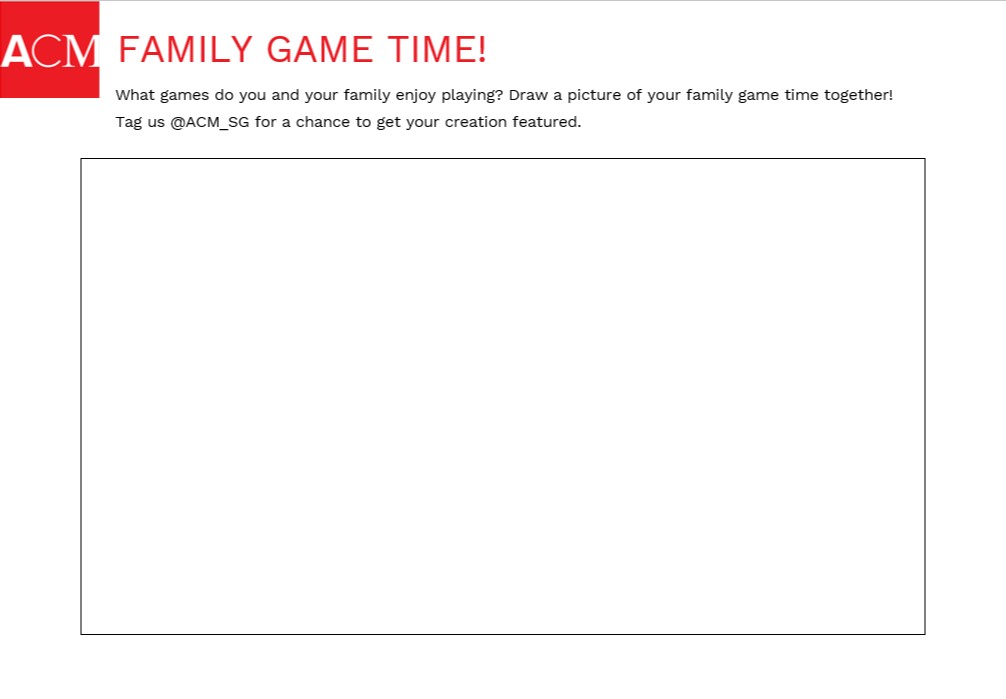This October, LET’S LEARN ABOUT…Children's Day!
Happy Children’s Day!
In Singapore, Children’s Day is celebrated in October. This year, it falls on 8th October according to the school calendar. On this day, we celebrate children and the joys of childhood through activities and events catered for children.
In the lead-up to Children’s Day, schools often hold special children’s performances, and teachers might prepare gifts for their students. While it is not a public holiday, children in kindergartens and primary schools get to enjoy a special day in school. Some parents may also celebrate with their children by bringing them out for fun activities or a good meal.
HOW IS CHILDREN’S DAY CELEBRATED AROUND ASIA?
While it takes place in October in Singapore, Children’s Day is celebrated on different days around the world.
In Thailand, Children's Day, called "Wan Dek", takes place on the second Saturday of January. Every year, the Prime Minister introduces a new slogan for Children's Day. This year, it reflects the pandemic situation in the country – "New Normal: Thai Children to Unite and Build the Nation with Reverence and Virtues". The Government House, military bases, and local attractions get involved in festivities, organising public events and carnivals specially for children.
In Japan, Children's Day is celebrated on the 5th of May. The day is celebrated by the flying of flags and kites made in the shape of koi fish, which look as though they are swimming when they flutter in the breeze. As koi are known for their ability to swim upstream, they symbolise a child's determination to thrive in difficult situations. At home, children eat kashiwa-mochi, rice cakes stuffed with bean paste and wrapped in oak leaves, which symbolise strength.
Children's Day in China falls on the same day as International Children's Day, the 1st of June. On this day, schools are closed for classes and instead put on children’s shows or organise field trips and other activities for children’s enjoyment. Admission to local attractions, such as the Forbidden City, is often discounted or free for children and their parents, and parents might give gifts to their children as well.
In India, the 14th of November is recognised as Children's Day. It is the birthday of India's first Prime Minister Jawaharlal Nehru (1889–1964), and this date was chosen in memory of his dedication to the education and development of young people. Teachers put up performances at school, and children's film festivals and many other activities are organised.
OBJECTS FROM OUR COLLECTION
Discover objects from our collection that are made with children in mind.
 |
|
Child’s tunic
Probably India, early 20th century
Silk
2009-01455
|
This is a silvery grey child’s tunic called a jahbla, a loose blouse worn by Parsi children as part of their traditional costume. The Parsis are followers of Zoroastrianism, one of the oldest religions in the world. They migrated to India from Central Asia and Persia during the 700s to 900s. Many early jahblas were made in China and were brought to India by Parsi merchants who went there for trading. This one was probably made in India, inspired by Chinese designs.
This jahbla is decorated with colourful birds, peonies, and leaf motifs. It follows the typical design that Parsis like, which is that the garment is finished with a band of sewn patterns, and the area round the neck is richly embroidered. Do you have any clothes that have similar birds, flowers, or leaf motifs inspired by nature?
Check out this object on display in our Maritime Trade Gallery on Level 1.
 |
|
Figurine of a girl with watering can
China, Fujian province, Dehua kilns, late 1950s or 60s
Porcelain
2008-06069
|
This figurine of a young girl in a knee-length Western dress holds a large watering can with both hands. She waters chrysanthemums at her feet. Have you ever watered flowers or plants? Did you enjoy it as much as this girl seems to?
While children can be found in Chinese art over 2000 years ago, they appeared often from the 10th century onwards. This figurine was made just about 60 years ago, at the Dehua kilns in China. The creamy white glaze gives it a soft shine. Collectors of this Dehua porcelain in Europe called it “blanc-de-Chine”, French for “white from China”. Dehua potters produced many different white figurine like this, and they became very popular in Europe and other parts of the world, and still remain so today.
 |
|
Toy elephant
Malay Peninsula, Kelantan, 1940s
Earthenware
C-0556
|
This toy elephant is about 9 centimetres long and 5 centimetres tall, so it would probably fit snugly in the palm of your hand! It was made around 80 years ago in Kelantan, which is in Malaysia today. Look closely at the object – do you see the rows of semi-circular patterns carved into the clay body? Can you guess how the eyes might have been formed?
The elephant is made of baked clay, with no glaze applied, so the surface looks quite rough. Malay pottery pieces like this were traditionally shaped by hand. How would children have played with a clay toy such as this one? Do you have toys in animal shapes? How are they different from this elephant?
PLAY
Do you have a favourite game? How different is it from the games that your parents or grandparents played when they were children?
Spend some time with your family and find out more about the games of their childhood. Better still, ask if they can teach you how to play their favourite game! Then, snap a photo of your family game time and share it with us @ACM_SG. You can also use this template to make a drawing of you and your family playing games.
If you need more ideas for games, why not try out the traditional kampong games mentioned here? Have you tried playing any of these games before?

CREATE
Using recycled materials from home, get creative and design a children’s game or toy from scratch! What will you create?
We’d love to see your final product, so remember to tag us @ACM_SG #LearningatACM for a chance to get your creation featured.
EXPLORE
Head to NHB’s one-stop heritage portal Roots.sg to read more about the objects featured:
Child’s tunic
Figurine of a girl with watering can
Toy elephant
Want more of these resources? Come back to learn new things every month.
Missed a monthly post? Not to worry, we keep past topics here for you.
What else would you like to learn about? Tell us here.
There’s more!
Check out other videos and download e-resources inspired by the objects in ACM’s collection.